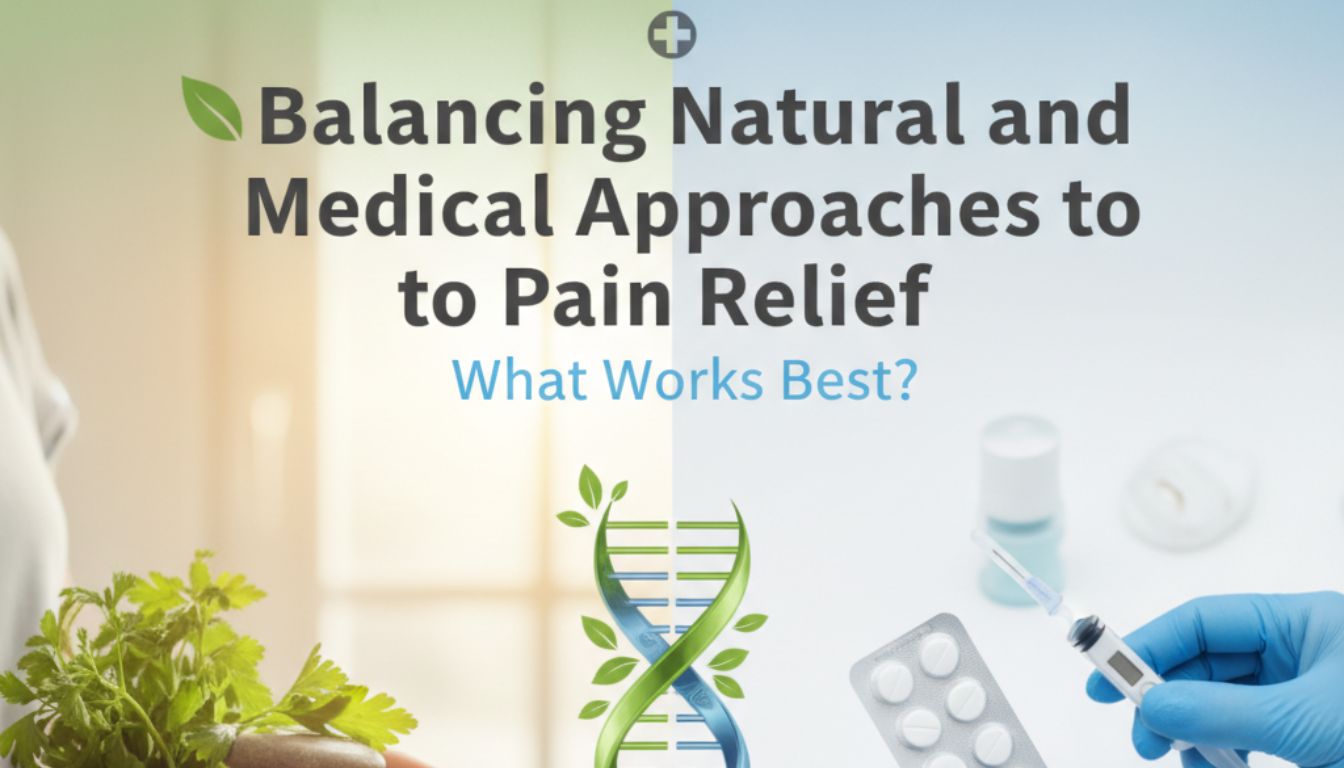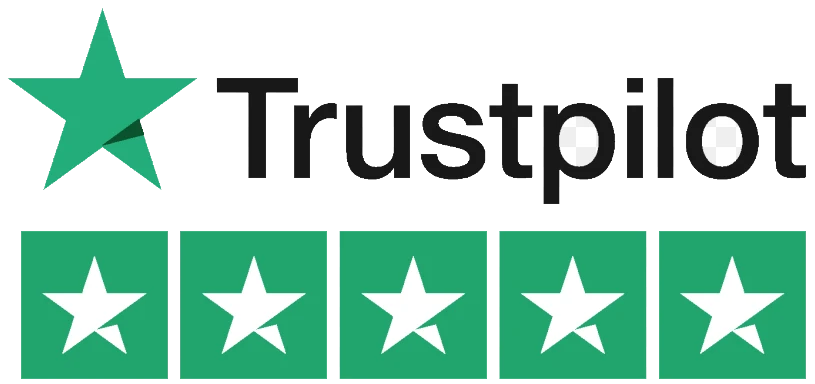Pain is one of the most common health challenges people face, affecting millions worldwide every day. From chronic back pain and arthritis to short-term injuries or headaches, the need for effective pain relief is universal. But when it comes to finding the best solution, the options can feel overwhelming. Should you rely on natural remedies such as herbs, meditation, and lifestyle changes? Or do Pain medical treatments, including prescription medications, surgeries, and therapies, offer the most effective results? The truth lies somewhere in between. A balanced approach that draws from both natural and medical solutions often provides the safest and most sustainable way to manage pain. This blog explores how these two approaches compare, their strengths and limitations, and how you can combine them for the best outcome.
Natural Approaches to Pain Relief
Natural pain relief focuses on using methods that do not rely heavily on pharmaceuticals. These may include herbal remedies such as turmeric or ginger for inflammation, acupuncture, massage therapy, yoga, and mindfulness meditation. Lifestyle adjustments like improved posture, exercise routines, and better sleep hygiene also play critical roles. One of the greatest strengths of natural approaches is their emphasis on overall well-being rather than just symptom suppression. For example, practicing yoga not only helps reduce joint stiffness but also supports stress management, which indirectly reduces pain perception. However, the challenge lies in the variability of results—what works for one person may not work for another, and scientific evidence can sometimes be limited.
Exploring Medical Approaches to Pain Relief
Medical approaches involve scientifically validated treatments ranging from over-the-counter painkillers like ibuprofen to prescription medications such as opioids, muscle relaxants, or antidepressants used for nerve pain. In more severe cases, procedures like injections, nerve blocks, or even surgery may be necessary. The advantage of medical treatments is their targeted, evidence-based effectiveness, particularly in acute or severe pain conditions where natural methods alone may not provide sufficient relief. For instance, someone recovering from major surgery may need prescription medications that natural remedies cannot replace. However, the drawbacks include potential side effects, risk of dependency in the case of opioids, and a tendency to focus more on symptom relief rather than addressing underlying causes.
Comparing Natural and Medical Approaches
To better understand how these two approaches differ, consider the following comparison:
| Aspect | Natural Approaches (Herbs, Yoga, etc.) | Medical Approaches (Medications, Surgery, etc.) |
|---|---|---|
| Effectiveness | Works gradually; best for mild to moderate pain | Fast relief; best for acute or severe pain |
| Safety | Fewer side effects if done correctly | Risk of side effects, dependency, or complications |
| Accessibility | Often low-cost and widely available | Requires prescription, insurance, or specialist access |
| Focus | Treats whole body and lifestyle | Targets symptoms or specific pain sources |
| Long-term Use | Sustainable if combined with healthy habits | May cause long-term issues if overused |
| Examples | Turmeric, acupuncture, meditation | Painkillers, injections, surgical interventions |
Finding Balance Between the Two Approaches
The key to effective pain relief often lies in combining natural and medical solutions strategically. For example, someone with chronic arthritis may use prescription anti-inflammatory medication during painful flare-ups while relying on yoga, physiotherapy, and anti-inflammatory foods daily to maintain joint health. A person suffering from back pain after an injury might benefit from short-term painkillers and muscle relaxants while also engaging in physical therapy and mindfulness techniques to prevent recurrence. Balancing both approaches requires personalization—what works best depends on the type of pain, its severity, and an individual’s medical history. Consulting healthcare professionals is essential to create a plan that safely integrates both sides.
Case Studies of Successful Pain Management
Many real-world examples show how combining natural and medical approaches provides superior results. Consider a patient recovering from knee replacement surgery: immediate medical pain management is crucial, but long-term recovery improves dramatically when combined with physiotherapy, yoga, and dietary changes. Similarly, people with migraine disorders often use prescription medications during attacks but turn to meditation, acupuncture, or magnesium supplements to reduce attack frequency. Chronic lower back pain patients may take medical interventions during acute flare-ups but prevent future pain with posture training, weight management, and regular stretching. These examples reinforce that neither side alone provides the ultimate solution; it is the partnership between the two that achieves the best results.
Conclusion: What Works Best?
Pain relief is not a one-size-fits-all journey, and the question of whether natural or medical approaches work best can only be answered in the context of the individual. Medical treatments provide fast, targeted relief, while natural approaches focus on long-term wellness and prevention. By integrating the strengths of both, individuals can achieve a more sustainable and comprehensive solution. The goal should not be to choose one over the other but to develop a balanced strategy that addresses immediate needs while supporting overall health. Ultimately, the most effective pain relief plan is the one tailored to your unique condition, lifestyle, and goals—with guidance from healthcare professionals to ensure safety and effectiveness.
Buy Pain Meds Online USA
Fast, Secure & Discreet Delivery
Trusted online pharmacy for safe pain relief medications. Get doorstep delivery across the USA with complete privacy.
ORDER NOW








